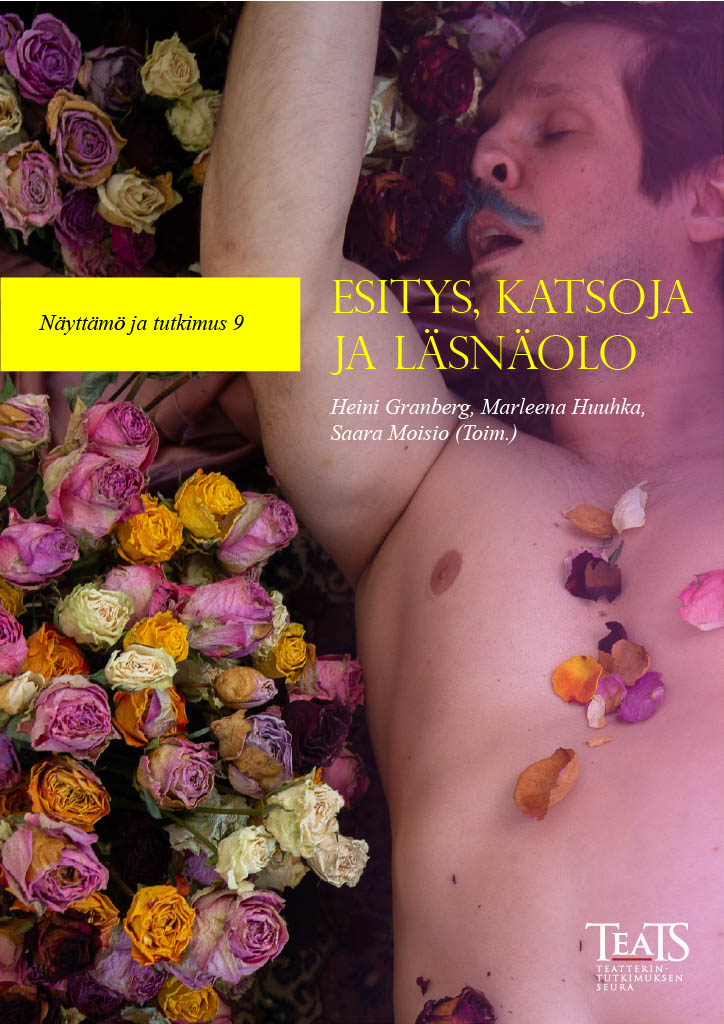The Future of Culture’s Powerhouses
On the Accessibility, Viability, and Design of Hybrid Performance
Abstract
This essay discusses some introductory but crucial observations on the potentials of hybrid live performances in terms of their accessibility, viability, and design. Its arguments emerge from the artistic work and research carried out in the project LiDiA (Live+Digital Audiences, 2021-23). The said project critically reimagines the operational dynamics of mid-size and small performance venues in Finland – frequently the powerhouses of emergent cultural innovations – and their capacity to cater for wide and diverse on-line or virtual audiences in addition to the limited audiences reaching the venues in person. Resource intensive to begin with, the hybrid operating models require constant and well-planned curation of different design and artistic methods, revenue logics as well as related technologies and media. The essay discusses the nature of some of these challenges and suggests ways to prepare for them in the context of digital innovations developed by mid-size and small performance communities.

Downloads
Published
How to Cite
Issue
Section
License

This work is licensed under a Creative Commons Attribution-NonCommercial-NoDerivatives 4.0 International License.




